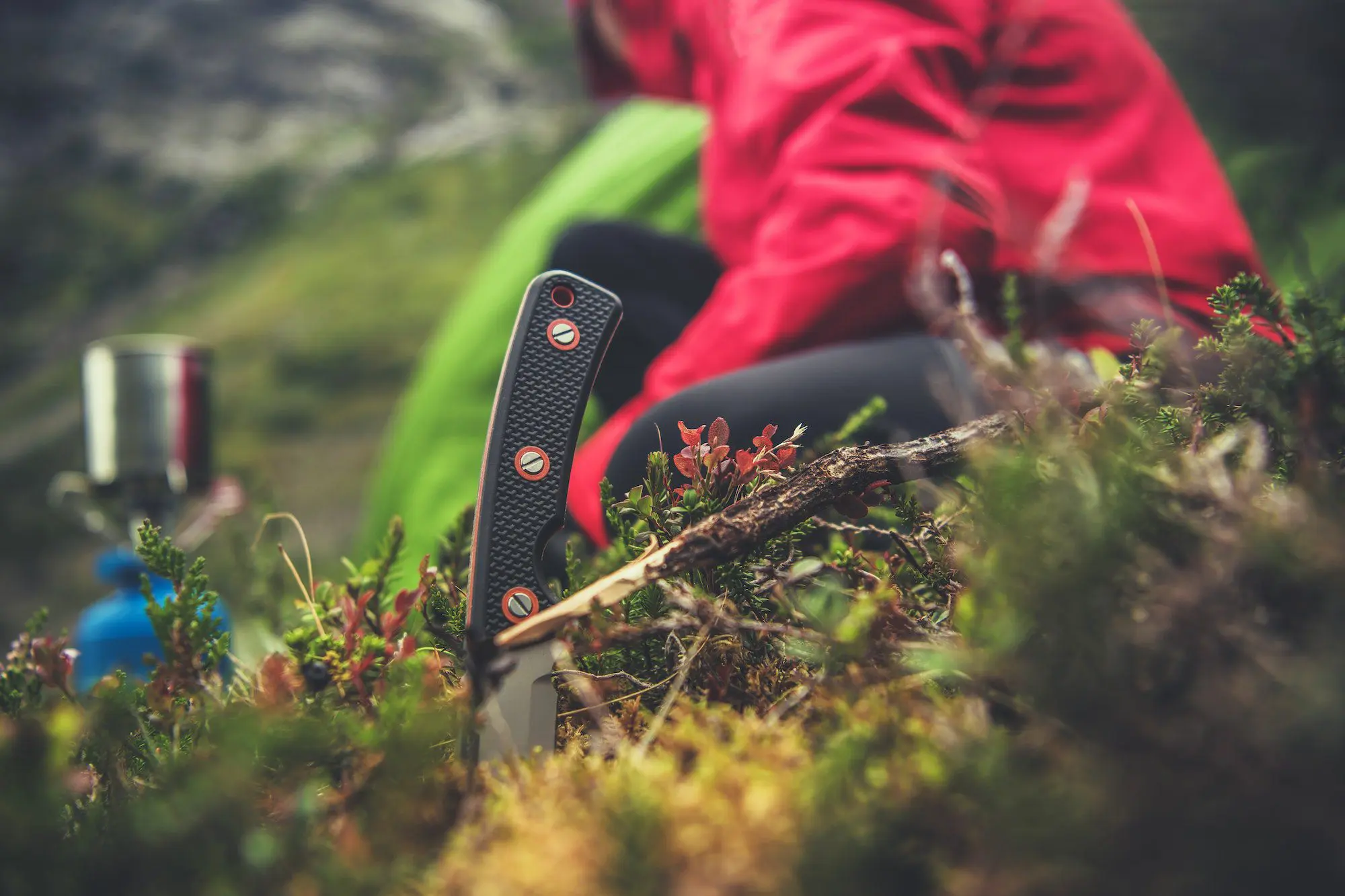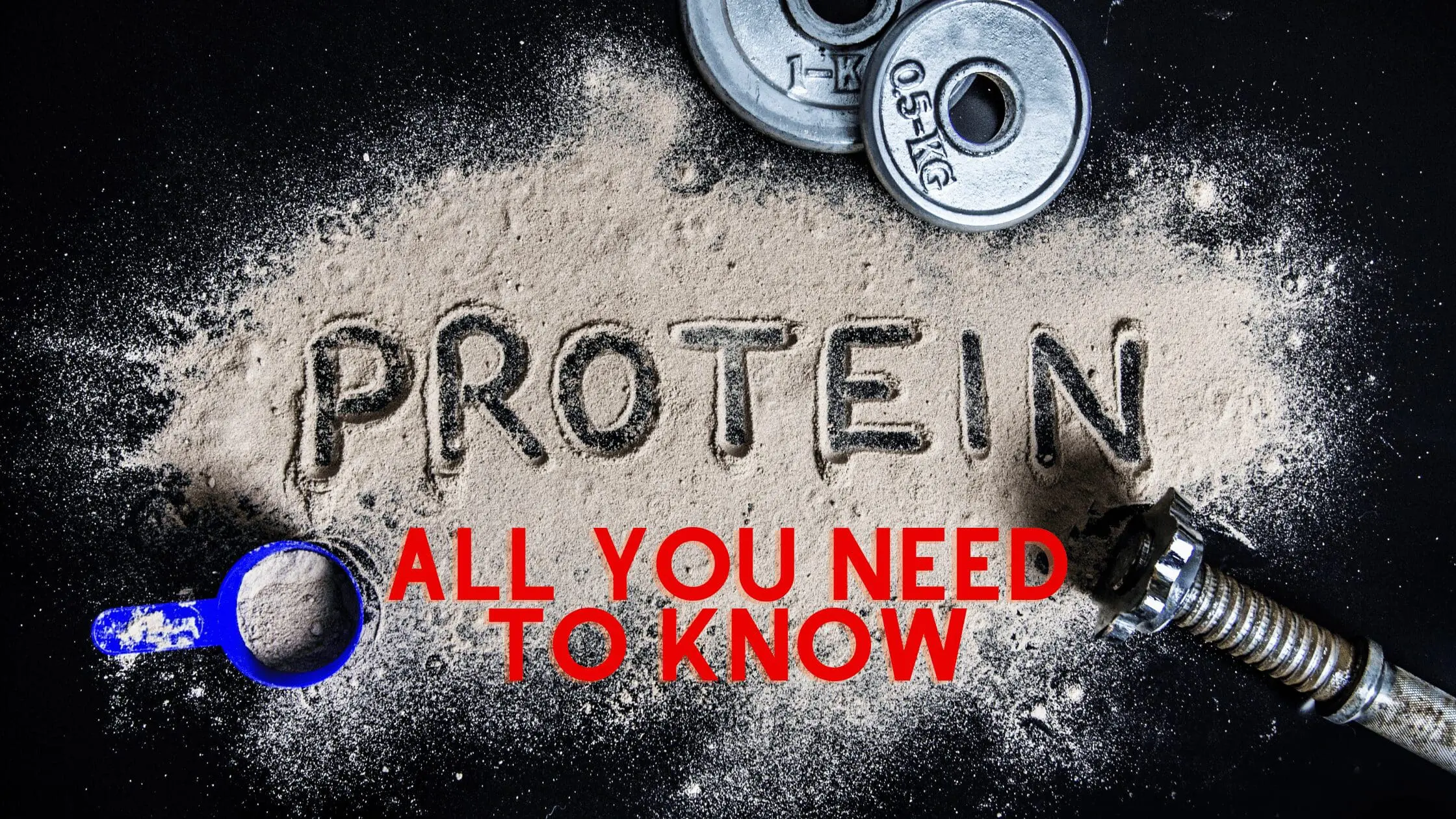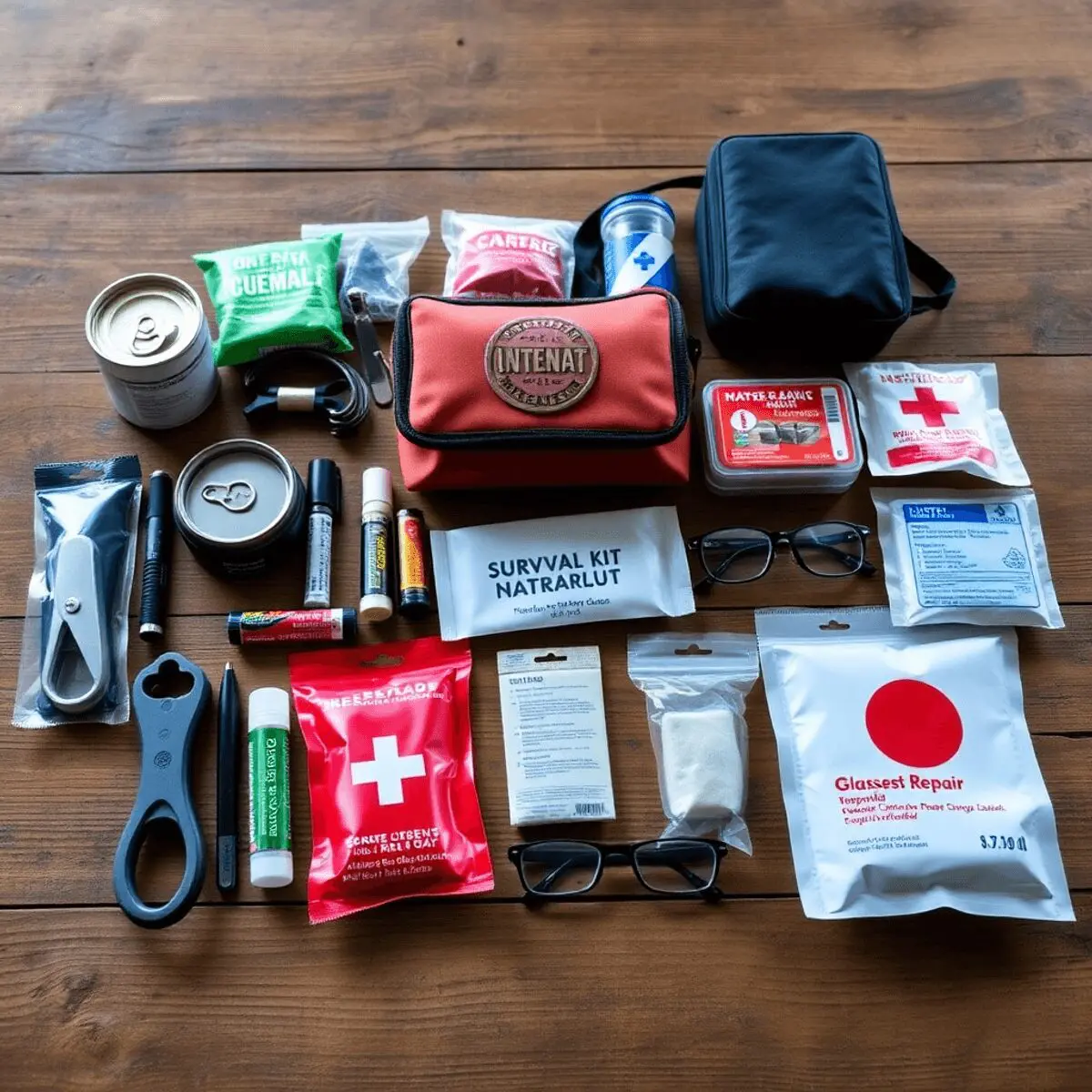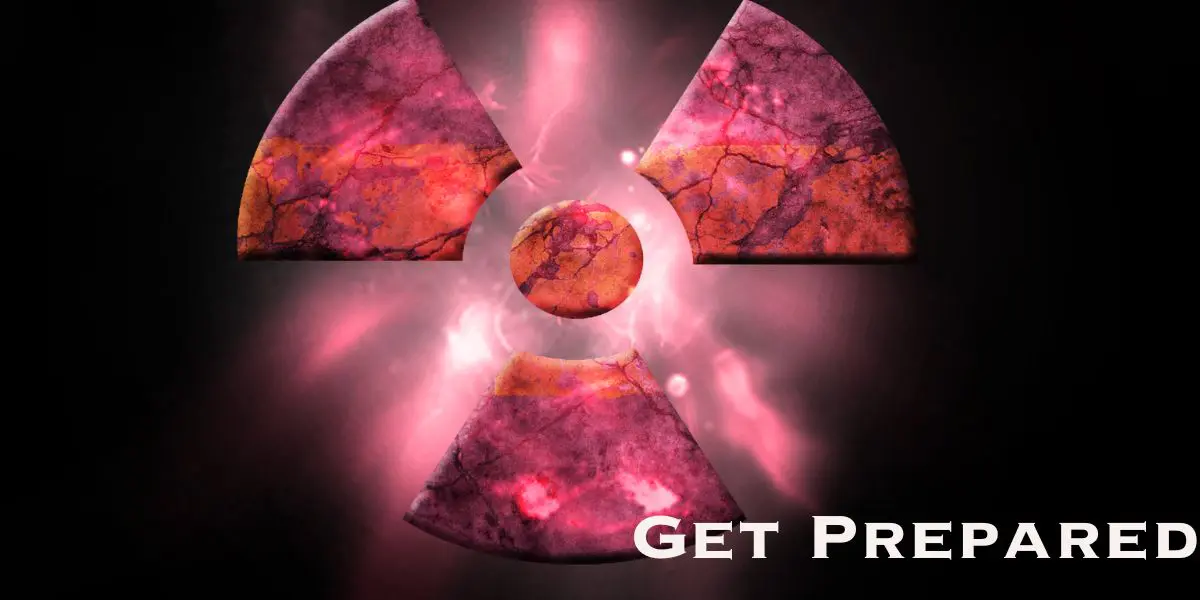In this post, we’re going to look at the various types of primers currently in use. While primers are a small part of the reloading process (pun intended), they play a significant role in the ammunition’s makeup. As such it’s a good idea to establish a solid understanding of them as you continue to refine your reloading craft.
Types of Primers
The first thing worth noting is there are two types of primers on the market. The two types are the Boxer and Berdan.
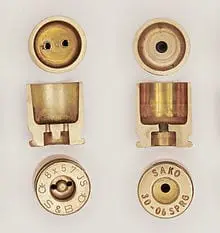
Primers Differences Explained
The chances are that most of the ammunition you’ll come across will be of the Boxer type as this is the type utilized in the United States. If you’re not already aware, primers are essentially little cups that contain a combustible compound in the base. This compound ultimately ignites and provides combustion for the propellant through what is called the flash hole(s) in the case. There are two primary differences between the Boxer and Berdan styles. The Boxer has a small anvil built into the primer. This anvil provides the opposing surface for the firing pin or striker. This allows a solid and sharp point of impact for crushing and igniting the primer compound. The Berdan Primers work the same in principal however they do not have the anvils built in, but instead utilize an anvil built into the cartridge case in which they are housed.
The second difference is directly related to the first. Due to the anvil being part of the Boxer primer it can utilize a single flash hole for the flame to pass through to the casing. In the case of the Berdan, the case’s anvil is taking up the center area, therefore, two flash holes on either side are used.
So the next time you come across an ‘odd’ case or primer you know you’re probably looking at a Berdan style primer or case.
Avid Shooter? You may want to check out our article on Chronographs for use at the range
Have a related story to share? Tell us about it in the contents below.























